A new study challenges a widely repeated story about how the Black Death spread across Asia in the mid-14th century, arguing that one of the most influential descriptions of the pandemic’s movement was never meant to be taken as historical fact. Instead, they say, the narrative was rooted in a popular literary genre rather than eyewitness reporting. This misunderstanding has shaped interpretations of the plague’s origins and route for centuries.
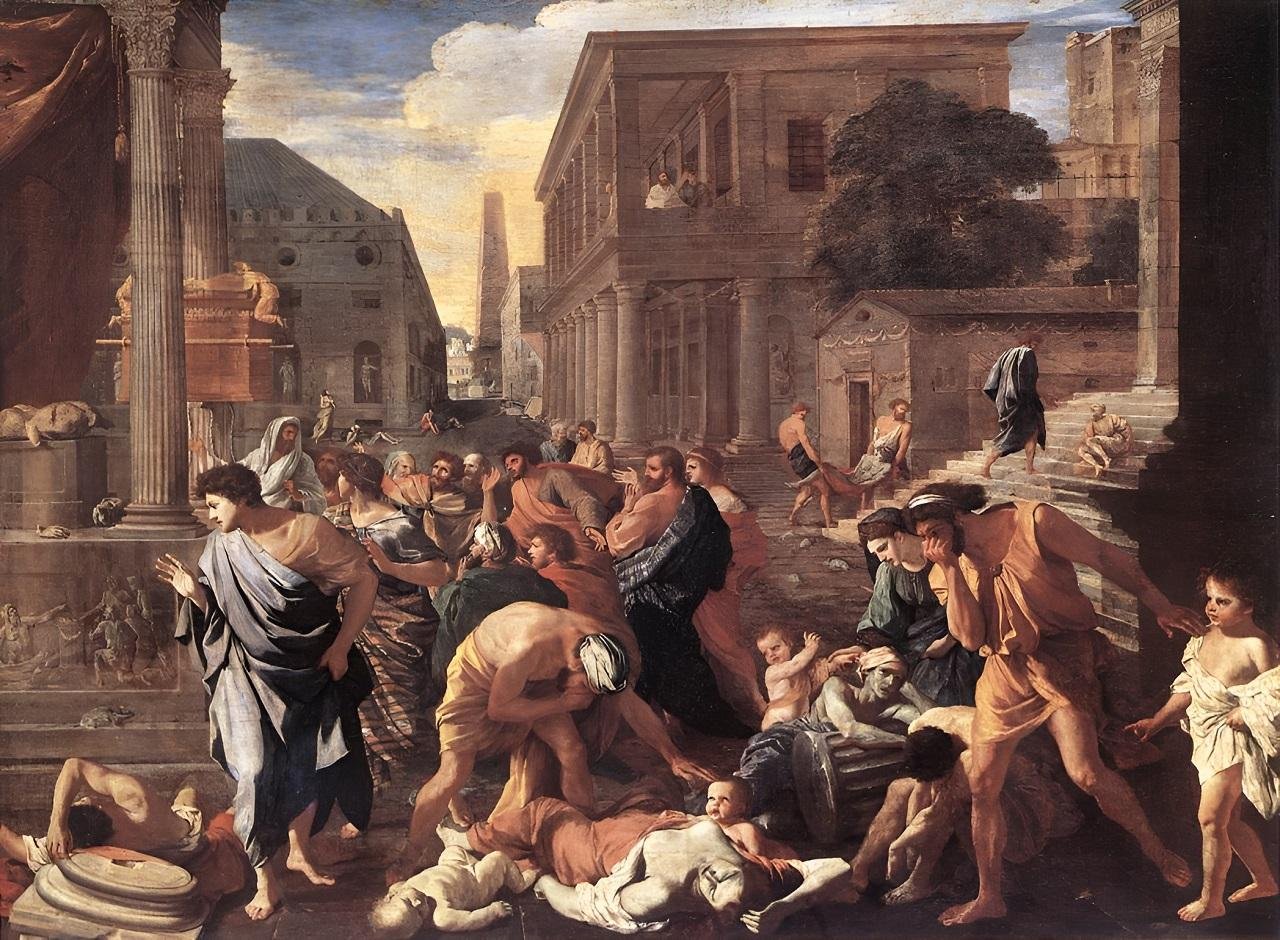
The Black Death, caused by the bacterium Yersinia pestis, devastated regions across Western Eurasia and North Africa from 1346 to 1350. Since scientific research in recent years has traced the likely origins of the strain responsible for the pandemic to Central Asia, many historians and scientists have continued to rely on the idea that the disease moved swiftly overland from Central Asia to the Black Sea in less than a decade. This version of events, often called the “quick transit theory,” has been widely referenced in both historical and scientific literature.
The new research, published in the Journal of Arabic and Islamic Studies, demonstrates that this narrative relies heavily on a single text: Risālat al-nabaʾ ʿan al-wabāʾ, written in 1348–49 by the scholar Ibn al-Wardi. That text has often been treated as a firsthand account of the plague spreading along trade routes. However, the authors of the new study show that Ibn al-Wardi’s work is actually a maqāma—a highly stylized literary form popular in the medieval Islamic world, featuring rhyme and wordplay, and often fictional storytelling. Many maqāmas featured a wandering trickster figure who travels across regions, encountering dramatic events along the way.
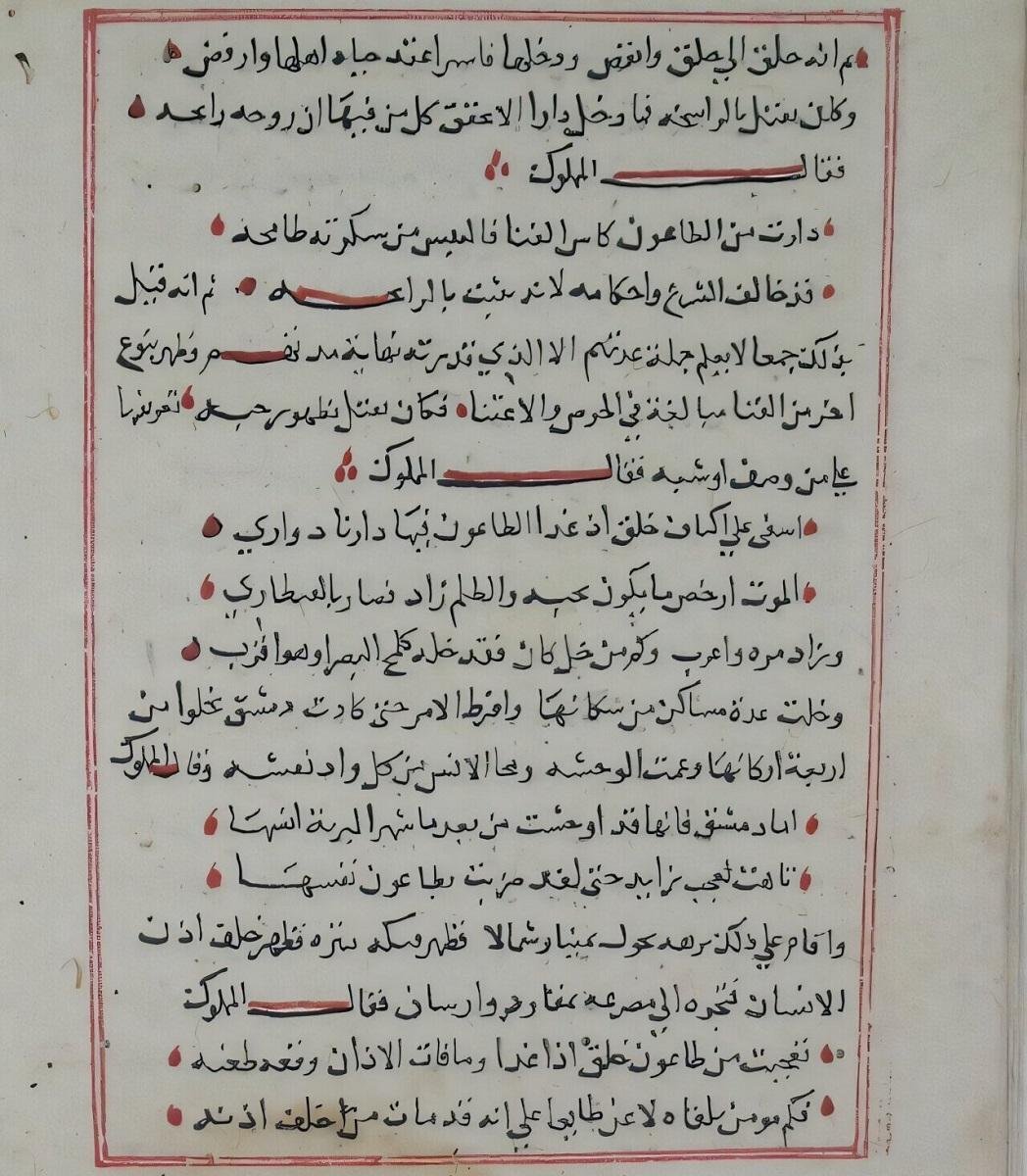
Ibn al-Wardi’s “trickster” is the plague itself, personified as a roaming force that drifts from land to land over a period of roughly fifteen years. The study shows that Ibn al-Wardi was not alone in writing this type of narrative; at least two other writers from around the same period composed plague-themed maqāmas. All of them used metaphorical storytelling to express the terror, uncertainty, and emotional chaos of living through a catastrophic epidemic.
This misunderstanding began with the treatment of Ibn al-Wardi’s metaphorical narrative as literal fact by 15th-century historians; their interpretations were then carried into European scholarship and, eventually, into modern historical and scientific discussions of the plague. Because of this, the concept of a rapid and coordinated spread of disease across thousands of miles became entrenched without corroborating historical evidence to support it.
Recognizing it as literature, not reportage, allows scholars to revisit plague outbreaks that happened earlier and elsewhere, in Damascus and Kaifeng, for instance. It will also allow the study of more gradual and complex patterns of disease transmission, influenced by ecological, climatic, and social factors. For the authors of this study, such literary accounts are important not for mapping the pandemic’s path but as a way to trace how medieval societies made sense of fear and loss.




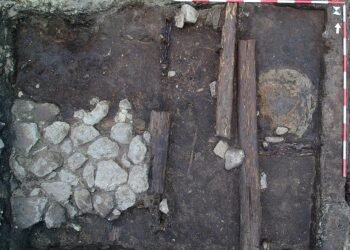
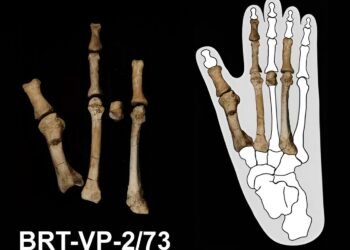
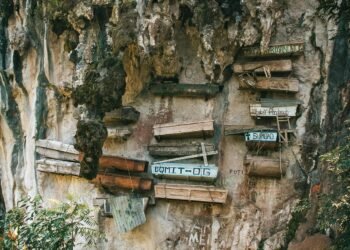
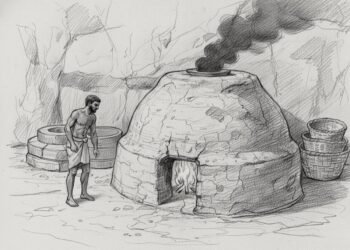
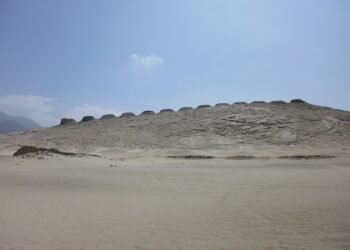














I really enjoy your articles. I have learned so much. At 89 years old all I have to say is thank you. It is all so bloody cool.
As one Peggy Anne to another, I feel the same way even though I’m a mere 69! Keep on learning or just roll over and die, my mother always said, and she just passed at 97!
To the authors: a good insight into the interpretation of ancient writings. Context and culture add so much to the narrative. Thank you for that information.
Basically the first climate science.
I’m confused – what exactly was misinterpreted? The speed of transmission?